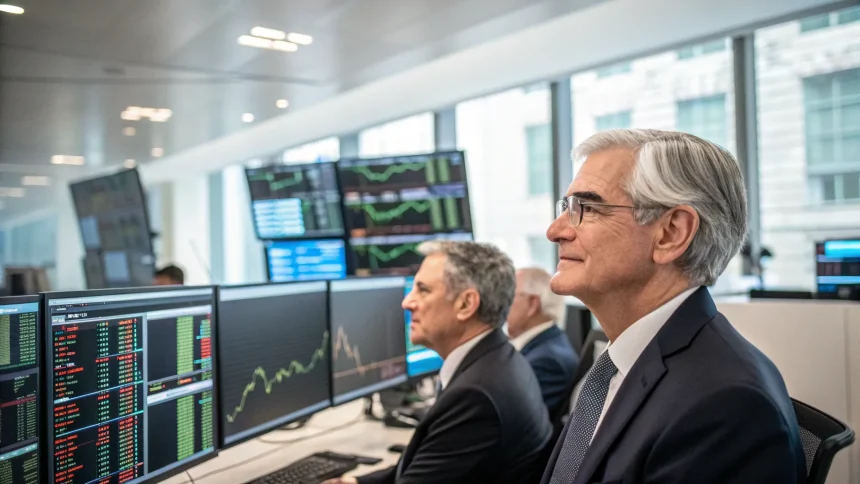Financial markets are currently focused on Federal Reserve Chair Jerome Powell, seeking clarity on the central bank’s interest rate trajectory for the remainder of 2023 and into the future.
Investors and analysts across global markets have positioned themselves in anticipation of Powell’s upcoming statements, which could provide critical insights into the Fed’s monetary policy plans. The financial community’s attention has intensified as economic indicators send mixed signals about inflation, growth, and employment—key factors in the Fed’s decision-making process.
Rate Decision Implications
The Federal Reserve’s interest rate decisions carry significant weight for various sectors of the economy. Higher rates typically slow economic activity by making borrowing more expensive for businesses and consumers, while lower rates tend to stimulate growth and investment.
Current market pricing reflects uncertainty about whether the Fed will continue its restrictive policy stance or begin to ease rates in response to cooling inflation data. Bond markets have experienced volatility as traders adjust positions based on evolving expectations of the Fed’s next moves.
“Powell’s guidance will be crucial for market participants trying to position their portfolios appropriately,” noted market analysts following Fed policy closely. “His words will be carefully analyzed for any hints about the timing and magnitude of potential rate adjustments.”
Economic Context
The Fed’s deliberations occur against a complex economic backdrop:
- Inflation has shown signs of moderating but remains above the Fed’s 2% target
- Labor markets have displayed resilience despite higher borrowing costs
- Consumer spending patterns have shifted in response to persistent price pressures
The central bank has raised rates aggressively since early 2022 to combat inflation that reached multi-decade highs. These increases have rippled through mortgage markets, corporate financing, and consumer credit, affecting household and business financial decisions nationwide.
Banking sector stability has also emerged as a consideration following stress in regional banks earlier this year, adding another layer of complexity to the Fed’s policy calculations.
Global Implications
Powell’s signals about future rate paths will affect not only U.S. markets but also global financial conditions. The dollar’s strength or weakness against other currencies, influenced by interest rate differentials, impacts international trade and capital flows.
Central banks worldwide often adjust their own monetary policies in response to Fed decisions, creating a domino effect across global financial systems. Emerging market economies are particularly sensitive to U.S. monetary policy shifts, as higher U.S. rates can draw investment away from these markets.
Financial market participants recognize that Powell’s communication style tends toward careful, measured statements that avoid committing the Fed to specific future actions. This approach gives the central bank flexibility to respond to changing economic conditions but sometimes leaves markets wanting more definitive guidance.
As the date of Powell’s next public appearance approaches, trading volumes may decrease as investors adopt a wait-and-see stance, unwilling to take significant positions until they hear directly from the Fed chair about the path forward for interest rates.









